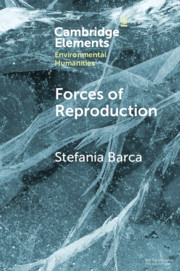Element contents
Forces of Reproduction
Published online by Cambridge University Press: 03 November 2020
Summary
- Type
- Element
- Information
- Online ISBN: 9781108878371Publisher: Cambridge University PressPrint publication: 26 November 2020
References
- 140
- Cited by

